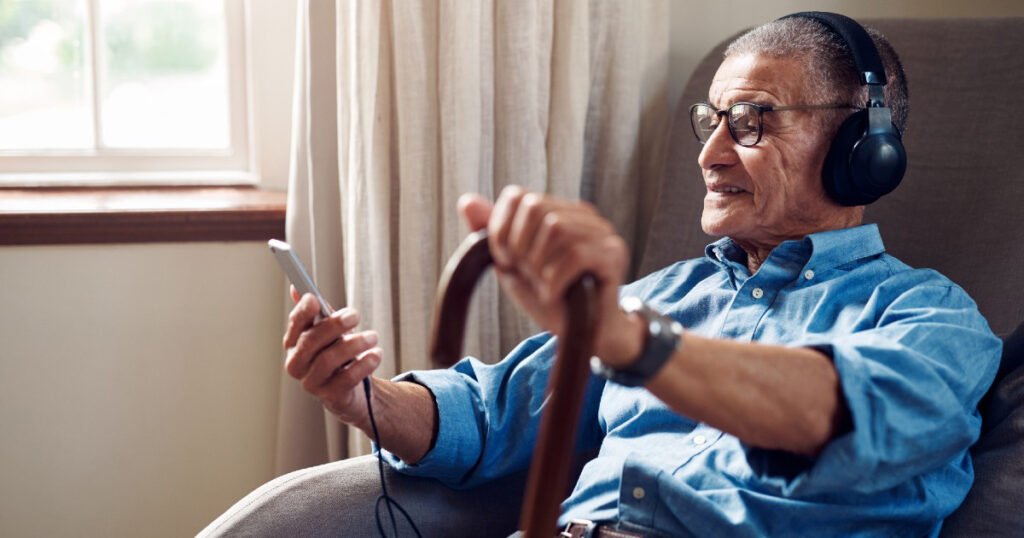According to a study published in JAMA Network Open, the majority of Americans between the ages of 50 and 80 are now using digital health technologies ( DHTs ), with patient portal adoption rates being highest. The study, based on data from over 2, 100 individuals and conducted by University of Michigan and Veteran Affairs Ann Arbor Healthcare System, even revealed significant differences in use driven by civilization, income, education, and landscape. According to the study, 49 % of older adults reported using at least one type of DHT, including telehealth services ( 49 % ) and mobile health apps ( 44 % ). People were also important in the use of these devices, with younger individuals in the 50 to 59 age range outperforming those in the 60 and older age range. However, the findings also uncovered concerning racial and ethnic disparities: Just 11 % of Black respondents and 12 % of Hispanic respondents reported using DHTs, compared to 70 % of white respondents. Experts attributed the distance to factors like health mistrust, vocabulary barriers, and widespread inequities. According to the study,” Several factors may lead to this obtaining, including health mistrust among Black people, which leads to a decreased engagement with the health system and an increased reliance on DHTs.” Additionally, adoption patterns were influenced by economic variables. Compared to younger people with annual incomes under$ 60,000, older people with higher revenues and higher educational attainment were more likely to use digital health tools, while younger people with higher revenues and higher educational attainments reported significantly lower usage prices. Urban people were even ahead of their remote counterparts, where minimal broadband access remains a problem. To prevent furtherening the modern divide, the document noted,” This investigation emphasizes the need to carefully consider the individual characteristics of older adults when developing and employing DHTs.” The findings are consistent with wider changes that the National Poll on Healthy Aging, which found a rise in patient portal usage from 51 % in 2018, highlight. Despite this expansion, questions about egalitarian healthcare access, especially for underrepresented populations, are still abound. Health systems like Michigan’s Henry Ford Health are looking to address this issue. Expanding access to DHTs will enable older people to get a more effective role in managing their health, improve preventative care, and promote aging in place, making improvements to these cracks crucial for improving healthcare benefits. Digital tools including AI-powered treatment navigation platforms may also help providers information older patients through difficult healthcare systems, improving access, utilization, and preventive care by addressing challenges such as isolation, transportation, and economic barriers. According to a report from 2022, judgmental beliefs and practices have perpetuated a “digital health divide” because older adults are using digital health technologies to improve care and self-management. The report called for evidence-based strategies to promote participation in research, therapeutic exercise, and coaching. Nathan Eddy is a contractor working in medical and engineering in Berlin.
Email the poet: nathaneddy@gmail.com
Online: @dropdeaded209
Connected health resources help elderly, but a modern break persists

